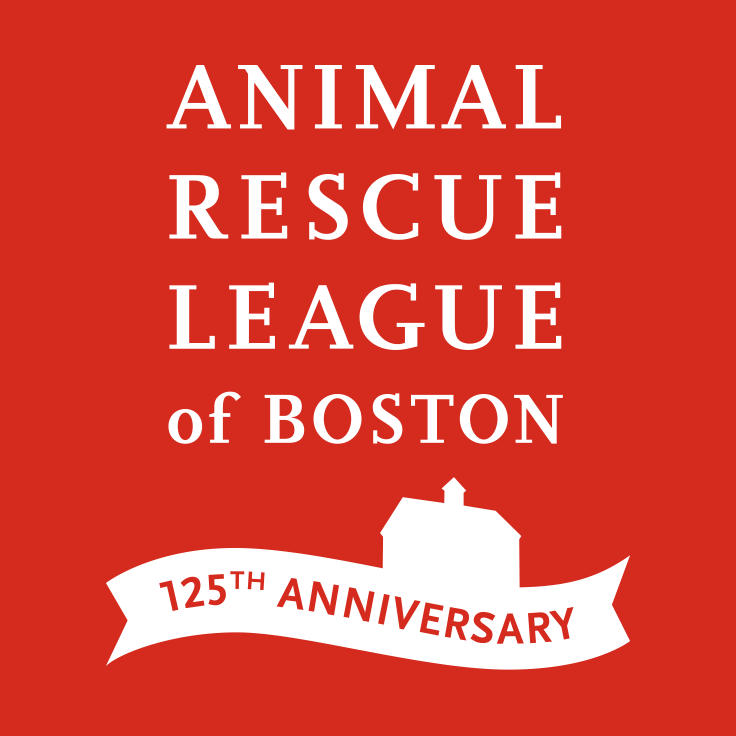High Quality High Volume Spay/Neuter
The Animal Rescue League of Boston (ARL) believes that high quality/high volume spay/neuter (HQHVSN) programs perform a vital service for people and animals in our communities. These programs aim to help unowned animals (feral and shelter animals), as well as animals belonging to families who would not otherwise be able to afford to sterilize their pet.
Pet owners cite cost as a significant barrier to having their animal neutered.[1] In making surgery financially accessible, HQHVSN enhances the welfare of individual families and animals in communities. On a population level, these services prevent unwanted litters and decrease overpopulation, thus decreasing shelter intake and euthanasia.[2],[3]
Therefore, the Animal Rescue League of Boston will:
- Continue to provide existing HQHVSN services to communities and support the development of new HQHVSN programs.
- Collect data on shelter intake, shelter euthanasia and HQHVSN surgery numbers to better target our services in the future.
- Train veterinary and veterinary technician students in HQHVSN techniques.
- Adhere to best practices outlined in The Association of Shelter Veterinarians Veterinary Medical Care Guidelines for Spay-Neuter Programs. [4]
[1] Patronek G .J., et al. (1997). Dynamics of dog and cat populations in a community. Journal of the American Veterinary Medical Association. 210(5): 637-42.
[2]White, S. C., et al. (2010). Impact of publicly sponsored neutering programs on animal population dynamics at animal shelters: The New Hampshire and Austin experiences. Journal of Applied Animal Welfare Science, 13(3): 191-212.
[3] Levy, J. K. et al. (2014). Effect of high-impact targeted trap-neuter-return and adoption of community cats on cat intake to a shelter. The Veterinary Journal, 201(3), 269-274.
[4] Looney AL, et al. (2008). The ASV veterinary medical care guidelines for spay/neuter programs. Journal of American Veterinary Medical Association, 233(1): 74-86.
Click here to read more ARL Policy and Position Statements.
